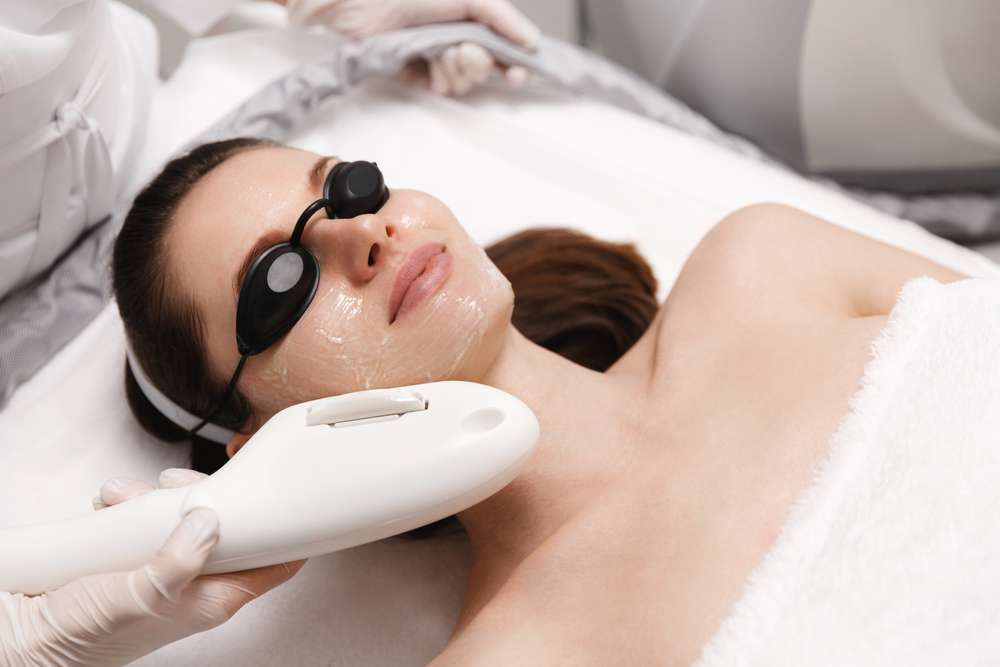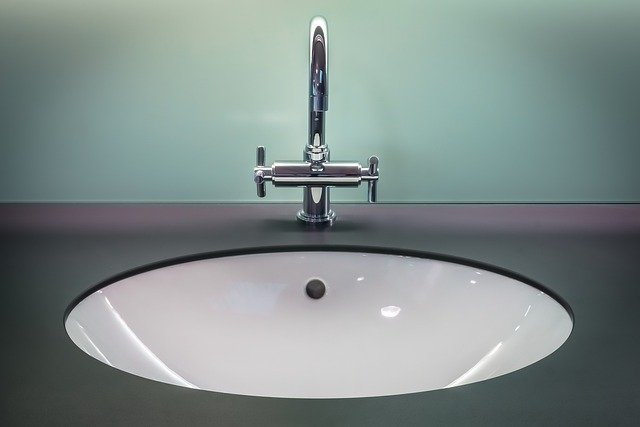Skin Rejuvenation: The Complete Guide to Youthful Skin
Discover a thorough guide to skin rejuvenation and the modern treatments that restore texture, tone, and radiance. Explore lasers, IPL, chemical peels, microneedling, radiofrequency, and injectables, plus tips to choose the right option for your skin type and goals. Learn benefits, common procedures, downtime, and cost considerations to make informed decisions about revitalizing your complexion.

Skin rejuvenation covers a broad set of procedures and technologies aimed at refreshing the skin’s appearance and health. Whether you want to tackle fine lines, uneven tone, scars, or loss of firmness, there are options ranging from gentle, non-invasive treatments to more intensive medical procedures. Most approaches work by encouraging the skin’s natural repair mechanisms—boosting collagen, accelerating cell turnover, or resurfacing damaged layers—to reveal smoother, healthier-looking skin.
How skin rejuvenation methods differ
Treatments fall into three main categories: non-invasive (minimal recovery), minimally invasive (short downtime), and surgical (greater recovery and typically longer-lasting results). Many modern procedures use energy-based tools—lasers, intense pulsed light (IPL), radiofrequency, or ultrasound—to target specific skin layers and trigger regenerative processes. The right choice depends on the issue you want to correct, your skin type, and the downtime you can tolerate.
Leading laser and light-based options
Advanced light therapies have reshaped aesthetic dermatology. Popular choices include:
-
Fractional CO2 laser: One of the most powerful resurfacing tools, fractional CO2 treats deep wrinkles, significant sun damage, and acne scarring by creating controlled micro-injuries. This stimulates robust collagen remodeling and skin renewal. Expect several days to a couple of weeks of recovery depending on intensity.
-
Erbium laser: A gentler alternative to CO2, erbium lasers remove thin layers of skin with less thermal damage, making them suitable for fine lines and moderate sun damage with shorter healing times.
-
Intense Pulsed Light (IPL): Technically a broad-spectrum light rather than a laser, IPL targets pigmentation and vascular discoloration such as sunspots, rosacea-related redness, and broken capillaries. It can also improve overall skin texture and brightness.
-
Nd:YAG laser: Versatile and deeper-penetrating, Nd:YAG treats vascular lesions, some pigmentation issues, and is commonly used for laser hair removal. Its wavelength makes it safer for darker skin tones when applied correctly.
What benefits can you expect?
Skin rejuvenation can deliver multiple visible and structural improvements:
- Diminished fine lines and wrinkles through stimulated collagen production
- Smoother texture from exfoliation, resurfacing, or micro-injury-driven repair
- More even skin tone by reducing pigmentation, sunspots, and redness
- Greater radiance as cell turnover and hydration improve skin luminosity
- Enhanced self-confidence as visible improvements translate into a refreshed appearance
Results vary by treatment type, number of sessions, and individual healing capacity.
Other well-established rejuvenation procedures
Beyond lasers and light therapies, several mechanical and injectable options are frequently used:
-
Chemical peels: Acid solutions remove the outermost skin layers to encourage new cell growth. Peels range from superficial to deep, addressing texture, discoloration, and mild scarring.
-
Microdermabrasion: A mechanical exfoliation that removes dead surface cells to brighten skin and promote collagen formation. It’s low-risk with minimal downtime.
-
Dermal fillers: Injectable hyaluronic acid and other materials restore lost volume, soften deep folds, and improve facial contours. Results are immediate but temporary, typically lasting months to over a year depending on the product.
-
Botox and neuromodulators: These relax specific facial muscles to soften expression lines like frown lines and crow’s feet. Effects usually last several months.
-
Radiofrequency: Non-surgical heating of deep dermal layers tightens skin and encourages new collagen, useful for laxity and texture improvement with gradual results.
-
Microneedling: Tiny controlled punctures stimulate collagen and enhance product absorption. It treats texture issues, enlarged pores, and mild scarring.
Choosing the right approach for you
Select a treatment based on your concerns, skin type, budget, and downtime. Follow these steps:
- Book a consultation with a board-certified dermatologist or licensed aesthetic practitioner who can assess your skin and suggest evidence-based options.
- Prioritize the issues you want to solve—wrinkles, discoloration, scars, laxity—to narrow treatment choices.
- Consider your skin tone and sensitivity; some lasers and peels carry higher risks for darker or reactive skin.
- Factor in recovery time: lighter procedures may require no downtime, while aggressive resurfacing can mean days to weeks.
- Examine before-and-after images from the provider to set realistic expectations.
- Discuss potential side effects, necessary aftercare, and maintenance schedule to understand long-term commitment and risks.
| Treatment | Provider | Cost Estimation |
|---|---|---|
| Fractional CO2 Laser | Dermatology clinics | $1,000 - $2,500 per session |
| Chemical Peels | Med spas, dermatologists | $150 - $600 per session |
| Microdermabrasion | Beauty salons, med spas | $75 - $200 per session |
| Dermal Fillers | Cosmetic surgeons, dermatologists | $600 - $1,500 per syringe |
| Botox Injections | Cosmetic surgeons, dermatologists | $300 - $600 per area |
Prices, rates, or cost estimates mentioned in this article are based on the latest available information but may change over time. Independent research is advised before making financial decisions.
Final considerations
Skin rejuvenation offers many paths to fresher-looking skin. Less invasive treatments are ideal for gradual improvements and minimal downtime, while stronger resurfacing options deliver more dramatic change at the cost of increased recovery. A customized plan from a qualified clinician—often combining several modalities—typically yields the best outcome. Always weigh benefits against risks, and follow pre- and post-treatment care advice to maximize results.
This article is for informational purposes only and should not be considered medical advice. Please consult a qualified healthcare professional for personalized guidance and treatment.





